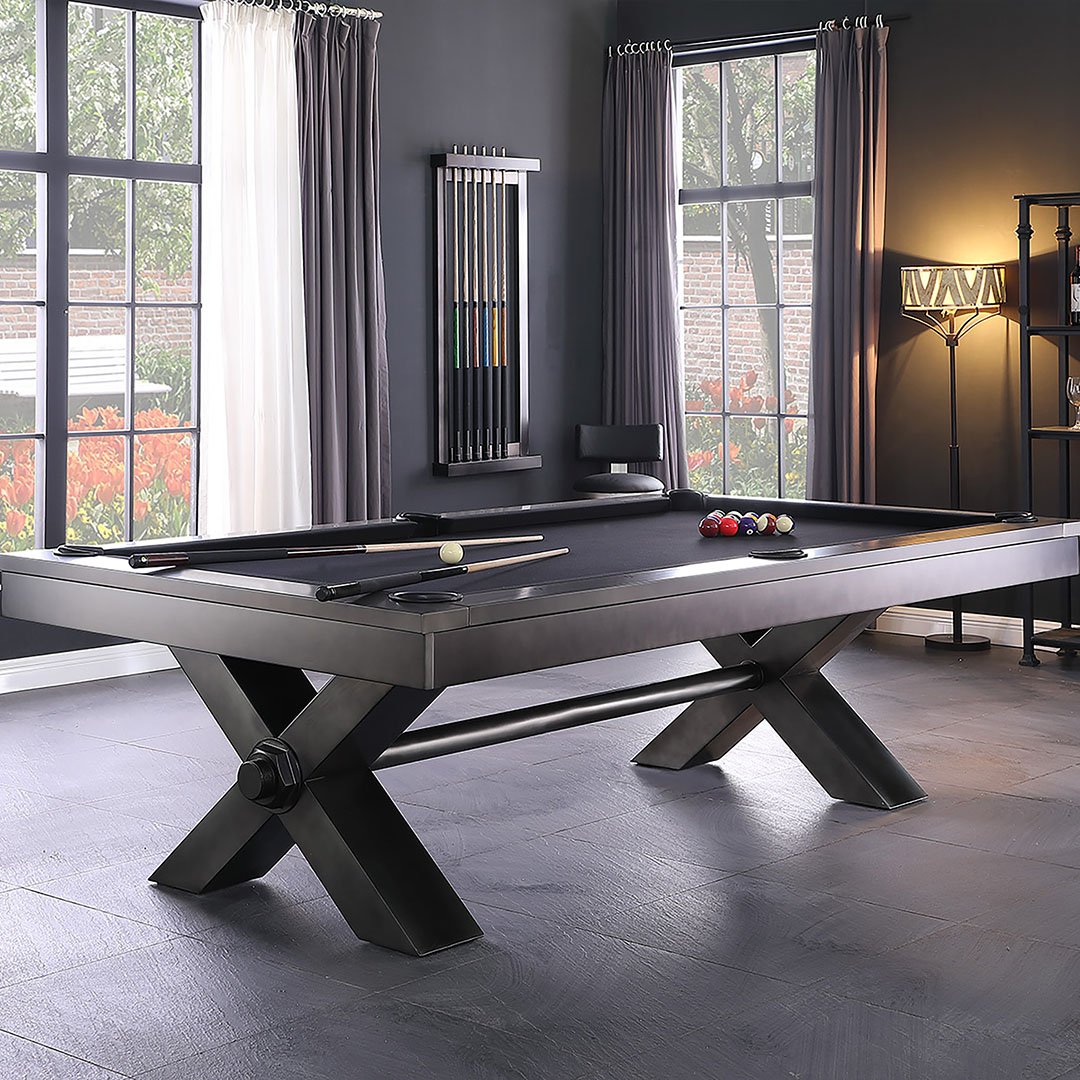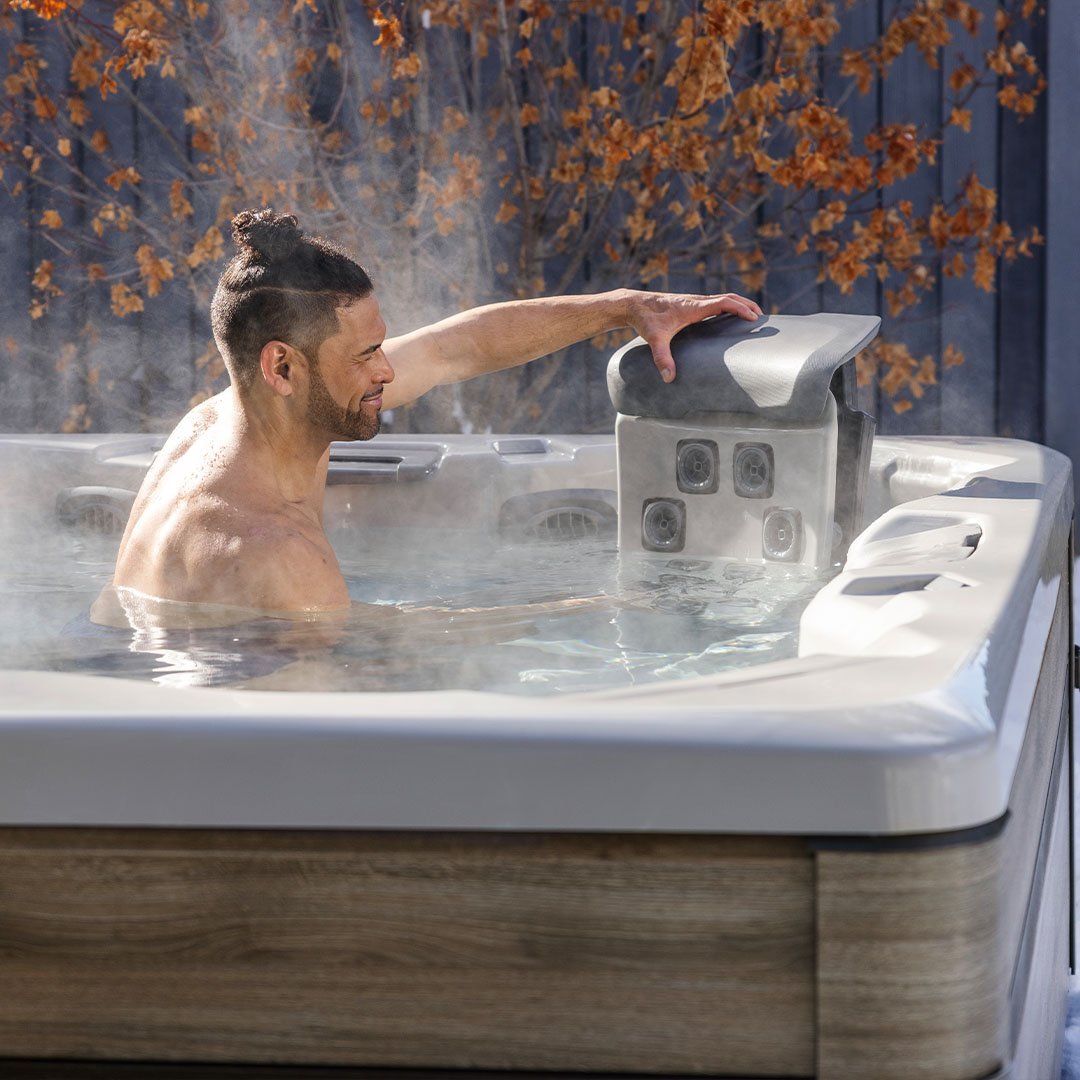How to Vacuum an Above Ground Pool: A Comprehensive Guide
Maintaining a clean and healthy pool is a priority for any pool owner. Regular vacuuming is essential to remove debris, dirt, and algae, ensuring your swimming environment is safe and inviting. This comprehensive guide will walk you through the steps to effectively vacuum your above ground pool, covering various types of filters and cleaning systems to cater to all pool owners.
Understanding Your Pool's Filtration System
Before diving into the vacuuming process, it's crucial to understand your pool's filtration system. There are three main types:
- Sand Filters: These filters use sand to trap and remove debris from the water.
- Cartridge Filters: These contain a pleated cartridge that captures dirt and debris.
- Diatomaceous Earth (DE) Filters: DE filters use diatomaceous earth to coat grids within the filter and trap debris.
Knowing which system your pool utilizes will help you choose the most effective vacuuming method.
Pre-Vacuuming Preparation
Inspect the Pool
Start with a thorough inspection of your pool and its equipment. Look for any signs of damage or wear and ensure there are no obstructions that could hinder the vacuuming process.
Clean the Surrounding Area
Remove any toys, floats, or debris from around the pool area. This prevents additional dirt from entering the water during the vacuuming process.
Brush the Pool Walls and Floor
Using a pool brush, scrub the walls and floor to loosen any algae and debris. This makes the vacuuming process more efficient by allowing easier pickup of settled particles.
Skim the Surface
Use a skimmer to remove leaves and other floating debris from the pool's surface. This step ensures a cleaner pool and prevents clogging of the vacuum.
Vacuuming Your Above Ground Pool: Simplified in 5 Steps
Regardless of whether you're opting for manual vacuuming or using an automatic pool cleaner, keeping your pool clean should be straightforward and effective. Here's how to simplify the process into five easy steps for both manual and automatic cleaning methods.
Manual Vacuuming:
-
Equipment Setup
- Assemble the vacuum by attaching the vacuum head to the telescopic pole.
- Connect one end of the hose to the vacuum head.
- Ensure the vacuum is properly assembled for efficient cleaning.
-
Prime the Vacuum
- Submerge the vacuum head into the pool, ensuring it's fully underwater.
- Fill the hose with water to remove all air, which is crucial to maintain suction.
-
Connect to Filtration System
- Attach the other end of the hose to the pool's skimmer or vacuum point. If using a skimmer, you might need a skimmer adapter plate.
-
Vacuum the Pool
- Use long, slow, overlapping strokes to vacuum the pool floor and walls.
- Move smoothly to keep debris on the bottom from getting stirred up.
-
Finish Up
- Disconnect and rinse the equipment.
- Check and clean the pump basket and filter as necessary.
Automatic Pool Cleaners:
Robotic Cleaners:
-
Place in Pool
- Simply place the robotic cleaner in the water and ensure it's properly settled.
-
Turn On
- Power on the cleaner. Some models may require you to select a cleaning cycle.
-
Let It Clean
- Allow the cleaner to run its cycle. Robotic cleaners are designed to cover the entire pool floor, walls, and sometimes the waterline.
-
Remove and Clean
- Once the cycle is complete, remove the cleaner from the pool.
- Empty and rinse out the debris collection compartment.
-
Store Properly
- After drying, store the robotic cleaner in a safe, dry place away from direct sunlight.
Suction and Pressure Cleaners:
-
Setup
- Attach the cleaner's hose to the dedicated suction line or to the skimmer with an adapter if necessary.
-
Ensure Proper Operation
- Turn on the pool's filtration system to start the suction and ensure the cleaner begins moving around the pool.
-
Monitor Cleaning
- Occasionally check to make sure the cleaner is operating efficiently and not stuck on any obstacles.
-
Clean Out Debris
- Regularly empty the skimmer basket and pump basket to maintain optimal suction and cleaning efficiency.
-
Post-Use Maintenance
- Disconnect and rinse the hose and cleaner.
- Store in a shaded area to prevent wear from sunlight and chemicals.
For both cleaning methods, it's essential to maintain a routine to ensure your pool remains clear and inviting. Adjust your cleaning frequency based on pool usage and environmental factors, such as trees and weather, to keep your above ground pool in pristine condition year-round.
Discover the Best Automatic Pool Cleaner For Your Above Ground Pool
Choosing the right equipment is key to maintaining your pool with ease and efficiency. To help you make the best choice for your pool maintenance needs, we've carefully reviewed and compiled a list of the top pool cleaners for 2024. Whether you're looking for the latest in robotic cleaning technology or a more traditional manual vacuum, our guide has got you covered.
Read our comprehensive guide on choosing the best automatic pool cleaner for above ground pools to find the perfect tool to keep your pool sparkling clean throughout the year.
Post-Vacuuming Care
Cleaning the Equipment
After vacuuming, clean and dry your equipment. Store it properly to prevent damage and ensure it's ready for the next use.
Filter Maintenance
Depending on your filter type, perform the necessary maintenance:
- Sand Filters: Backwash the filter to clean out trapped debris.
- Cartridge Filters: Remove and rinse the cartridge with a hose.
- DE Filters: Backwash and recharge with fresh diatomaceous earth.
Water Chemistry Check
Finally, test your pool's water chemistry and adjust as needed. Maintaining balanced water is essential for pool health and can prevent issues related to pH, alkalinity, and sanitizer levels.
Above Ground Pool Maintenance Best Practices
For crystal clear water and a clean pool all season, follow these pool maintenance guide best practices:
- Test and Adjust Water Chemistry 2-3 Times Per Week: At a minimum, check the pH, chlorine, alkalinity, and hardness levels a few times weekly using test strips or a liquid test kit. Add chemicals like muriatic acid, sodium bicarbonate, and liquid chlorine as needed to keep levels balanced.
- Skim Debris Daily: Use a high-quality skimmer net to remove leaves, insects, and other debris floating on the water surface each day. Skim the entire pool frequently to prevent material from sinking or clogging filters.
- Brush Pool Walls and Floor Weekly: Use a stiff nylon pool brush at least once a week to scrub surfaces vigorously. This prevents dirt and bacteria from adhering and accumulating. Check popular algae spots like corners closely.
- Check Equipment Regularly: Visually inspect swimming pool pumps, filters, valves, and other equipment, often for any leaks, cracks, malfunctions, or needed repairs. Listen for proper operation. Replace worn parts promptly.
- Shock Treat As Needed: Periodically shock the pool water using granulated chlorine or potassium peroxymonosulfate to destroy contaminants and refresh chlorine to proper levels.
- Maintain Proper Water Level: Check level weekly and top up as needed. Adjust top-ups for rain or heavy use. The level should be halfway up the skimmer opening. In northern/midwest states, allow the water level to drop several inches below normal ahead of expected heavy rains or spring snow melts to prevent overflow. Raise water back to normal once the flooding risk subsides.
- Monitor Pressure Gauge: Ensure filter pressure remains steady and backwash when pressure rises 8-10 PSI over normal. A pressure spike indicates clogging.
- For Midwest Pool Owners: Adjust Chlorine for Cold Water: As water temperatures drop below 70°F into fall and spring months, increase chlorine levels to compensate for reduced effectiveness in colder water. This prevents algae and bacteria growth even as usage declines
Consistent care and maintenance will ensure your above ground pool stays in top condition all season long for family fun and relaxation.

Common Mistakes to Avoid When Vacuuming a Above Ground Pool
Vacuuming your above ground pool is a crucial part of maintaining a clean and healthy swimming environment. However, there are common pitfalls that can make the process less efficient or even cause damage to your pool or its filtration system. Being aware of these mistakes can help you vacuum your pool more effectively and extend the life of your pool equipment.
1. Not Checking the Filter First
- Mistake: Starting the vacuuming process without checking the filter's condition can lead to poor suction and ineffective cleaning.
- Solution: Always inspect and clean the filter before vacuuming. A clean filter ensures optimal suction and overall cleaning performance.
2. Vacuuming Too Quickly
- Mistake: Rushing through the vacuuming process can stir up debris, making the water cloudy and leaving the pool just as dirty as before.
- Solution: Move the vacuum head slowly and steadily across the pool floor and walls to ensure all debris is captured without disturbing the settled particles.
3. Not Priming the Vacuum Hose
- Mistake: Failing to fill the vacuum hose with water before connecting it to the skimmer can introduce air into the system, reducing suction.
- Solution: Ensure the hose is fully submerged and filled with water to eliminate air pockets before attaching it to the skimmer or vacuum point.
4. Ignoring Pool Chemistry
- Mistake: Overlooking the importance of water chemistry can lead to algae growth and staining, which makes vacuuming more difficult and less effective.
- Solution: Test and adjust your pool's water chemistry regularly to prevent algae growth and ensure that vacuuming is as effective as possible.
5. Forgetting to Brush the Pool
- Mistake: Skipping the step of brushing the pool walls and floor before vacuuming can leave behind algae and stubborn debris.
- Solution: Always brush your pool thoroughly before vacuuming to loosen debris and algae, making them easier to remove.
6. Not Servicing Equipment
- Mistake: Neglecting regular maintenance of the vacuum and other pool equipment can lead to breakdowns and poor cleaning results.
- Solution: Regularly inspect and maintain your pool vacuum, hoses, and filtration system to ensure they are in good working condition.
7. Overlooking the Pump Basket and Skimmer
- Mistake: Not cleaning out the pump basket and skimmer can cause clogs and reduce the effectiveness of your vacuuming efforts.
- Solution: Check and clean the pump basket and skimmer before and after vacuuming to maintain strong suction and optimal cleaning performance.
By avoiding these common mistakes, you can ensure your vacuuming sessions are efficient and effective, leading to a cleaner pool with less effort. Regular maintenance and careful attention to the vacuuming process will keep your pool inviting and ready for enjoyment all season long.
Incorrect Setup of the Vacuum
Proper setup of the vacuum equipment is crucial for effectively cleaning the pool. Be sure to securely attach the hose into the skimmer or dedicated vacuum port to prevent losing suction. Select a hose diameter that allows robust flow. Set the filter valve to "Waste" or "Backwash" mode so debris is sent out the waste line rather than into the filter system. Attach the vacuum head tightly to the pole using compatible accessories free of cracks or leaks that could hinder performance. Always double-check that all vacuum parts are properly assembled with airtight seals before starting the cleaning process.
Overlooking Areas of the Pool
It's important to thoroughly vacuum all areas of the pool, not just the visible floor. Methodically work across every square inch of the floor in overlapping rows, rather than taking a scattered approach. Vacuum steps, benches, and tight spaces around ladders, lights, fittings, and main drains. Scrub the walls and waterline vertically with broad overlapping strokes from top to bottom, not just the bottom few feet. Focus on corners and areas where debris and algae accumulate easily. Avoid overlooking any sections to ensure the entire pool is free of sediment and particulate matter.
Inadequate Post-Vacuuming Care
After finishing the vacuuming, there are several important maintenance steps. Fully backwash the filter once vacuuming is complete to flush out all the collected dirt and debris. Taking the time to backwash thoroughly prevents filter clogs and poor performance. Switch the valve temporarily to "Rinse" mode for 1-2 minutes to cleanse the sand bed prior to resetting the valve to "Filter." Empty and rinse out the vacuum canister or bag to remove all accumulated grit and particles so it is clean for the next use. Wait to reattach hoses until after the system is properly backwashed. Test and restore proper water chemistry balance following vacuuming, as agitation depletes chlorine levels. Carefully following a complete post-vacuuming regimen keeps the pool and filter system in optimal condition.
Affordable and Durable Above Ground Pools
If you’re interested in finding affordable and durable above ground pools, Watson’s has everything you need.
When you shop with us, you’ll find an amazing selection of our above ground pools, personalized service, and the guaranteed lowest prices in the USA. We have a wide variety of above ground pools from the leading brands, along with tons of accessories to make your pool space complete. Shop online or stop by your nearest Watson’s location today.
FAQs
How often should I vacuum my above ground pool?
Aim to vacuum your above ground pool at least once per week for optimal cleanliness, especially during summer's peak usage. Vacuum more often if leaves and debris accumulate rapidly.
Do I need to add chemicals after vacuuming the pool?
Test and balance chemicals after vacuuming. The agitation can deplete chlorine levels. Add shock treatment or chlorine as needed to maintain proper sanitation.
Topics: Pool - Above Ground Pools













